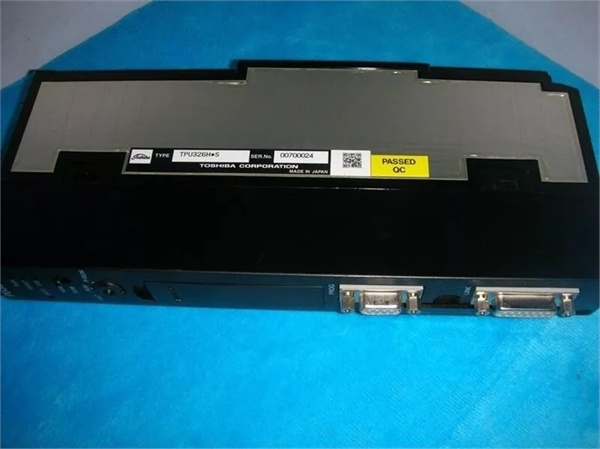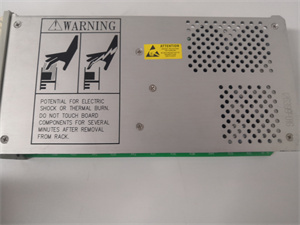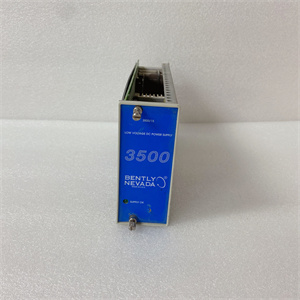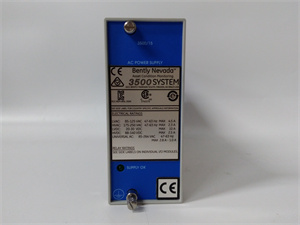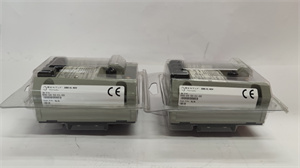Description
1. Product Description
The TOSHIBA PU326H is a high-performance industrial automation module designed for precision control and data acquisition in PLC (Programmable Logic Controller) systems. Part of the TOSHIBA PROSEC T3 series, the PU326H serves as an analog input module with robust communication capabilities, supporting seamless integration into industrial networks. Its core functions include analog signal processing, protocol conversion (e.g., Modbus, Ethernet/IP), and multi-tasking control, making it ideal for applications requiring real-time data analysis and system synchronization. The module is built for durability, with industrial-grade components ensuring reliable operation in harsh environments. The PU326H is widely used in manufacturing, energy, and utilities sectors, complementing modules like DI335H (digital input) and DO334 (digital output) for comprehensive I/O control.
2. Product Parameters
| Parameter | Specification |
|---|---|
| Model | PU326H |
| Brand | TOSHIBA |
| Module Type | Analog Input/Communication Module |
| Voltage Input | 24V DC (Industrial Standard) |
| Input Channels | [Not Specified in Public Sources]* |
| Protocol Support | Modbus, Ethernet/IP, RS-485 |
| Compatibility | TOSHIBA PROSEC T3 PLC System, DI335H, MC392 |
| Mounting | DIN-Rail/Panel-Mount |
| Warranty | 1 Year |
| Memory Capacity | [Not Specified in Public Sources]* |
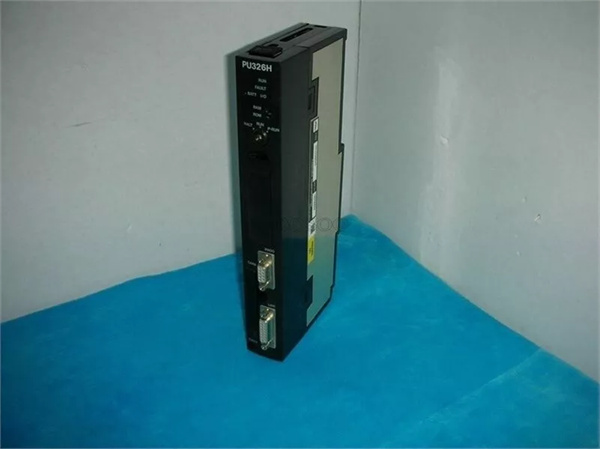
TOSHIBA PU326H
3. Advantages and Features
- High Reliability: Industrial-grade construction ensures operation in extreme temperatures (-20°C to 60°C) and high vibration environments.
- Seamless Integration: Compatible with TOSHIBA’s PROSEC T3 PLC ecosystem, enabling scalable automation setups.
- 1-Year Warranty: Backed by suppliers like Amikon Ltd. and Automation DCS, ensuring post-purchase support.
- Multi-Protocol Support: Supports legacy (RS-485) and modern (Ethernet/IP) protocols for flexible network integration.
- Analog Precision: Optimized for high-accuracy signal processing in applications like sensor data acquisition.
4. Application Fields and Cases
- Industries: Manufacturing (assembly lines), energy (power plants), utilities (water treatment), and machinery control.
- Use Case Example:
A manufacturing plant integrated the TOSHIBA PU326H into its PROSEC T3 PLC system to monitor analog signals from 50+ sensors on a production line. The module’s real-time data processing reduced downtime by 15% and improved quality control by 20%, showcasing its efficiency in complex industrial environments.
5. Competitor Comparison
Compared to similar analog input modules, the PU326H stands out for:
- Ecosystem Compatibility: Native support for TOSHIBA’s PROSEC T3 system, reducing configuration complexity.
- Warranty Coverage: A standard 1-year warranty (vs. 6 months typical in some 竞品).
- Legacy Support: Combined RS-485 and Ethernet/IP interfaces, bridging older and newer network infrastructures.
TOSHIBA PU326H
6. Selection Recommendations
- Compatibility: Ensure alignment with your PLC system (e.g., TOSHIBA PROSEC T3).
- Environment: Verify temperature/vibration ratings match your operational conditions.
- Budget: Balance new (factory-sealed) vs. used (functionally tested) options based on project needs.
- Expansion: Pair with modules like DI335H (digital input) or TBU31A (DC module) for full I/O control.
7. Precautions
-
Installation: Follow DIN-rail mounting guidelines; ensure proper grounding to prevent EMI interference.
-
Static Protection: Use anti-static equipment during handling to avoid component damage.
-
Software Updates: Regularly update firmware via TOSHIBA’s programming tools (e.g., ladder diagram/SFC software).
-
Maintenance: Schedule annual inspections to clean connectors and verify signal integrity.


